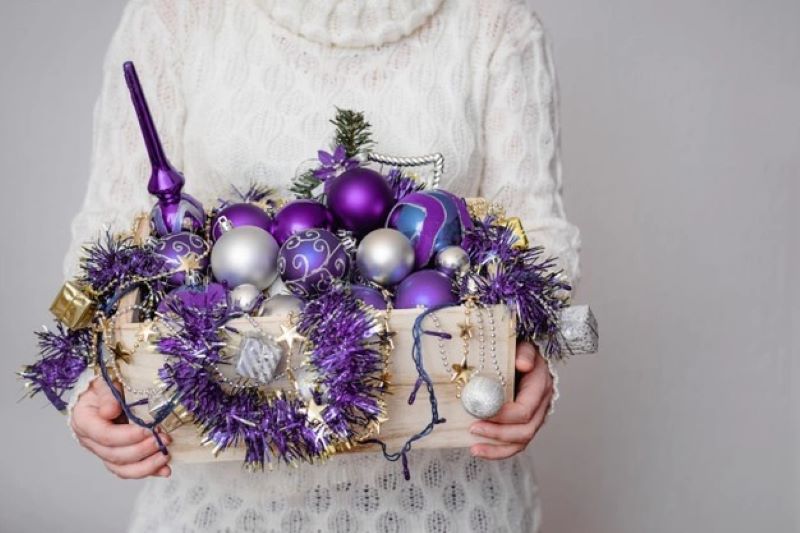
Keep your artificial Christmas tree healthy with these tips
It’s no news that artificial Christmas trees are made mostly from plastic, a petroleum-based material which isn’t good for the environment. So if you’re buying one, you may want to take steps to prevent certain impending hazards.
PVC is especially harmful to the environment due to its dirtier life cycle and the need for more fossil fuels, and this makes it a great concern for many environmental groups.
When PVC is manufactured, dioxins are released. And in children, they may cause liver damage, reproductive problems or even several developmental disorders. Artificial Christmas trees are produced mostly overseas, and so there’s the impact of shipping and packaging as well.
Reusability of artificial Christmas trees
In reality, most families only use their trees for a few years – usually only about a decade (but sometimes less). It is possible that the tree style changes over time or the tree begins to wear out. And then they’re thrown off to the curb (there really isn’t any way you can recycle artificial Christmas trees).
That poses quite a serious environmental threat in the long run.
But not to worry! If your artificial Christmas tree is made of PVC, you can beat down your family’s exposure to lead and phthalates.
Keep your artificial Christmas tree outside for a few hours before bringing it indoors. Plastic smell must dissipate (technically, these are VOCs that do not help the air quality inside).
Be sure to wear gloves when handling the tree and wash your hands before eating or snacking.
Also make sure your kids stay away from the tree (Decorative trees should remain merely decorations after they’ve been decorated). And ensure your children wash their hands before eating or snacking.
Utilize HEPA filters when vacuuming, and that on a regular basis. This would help to vacuum up chemicals without stress.